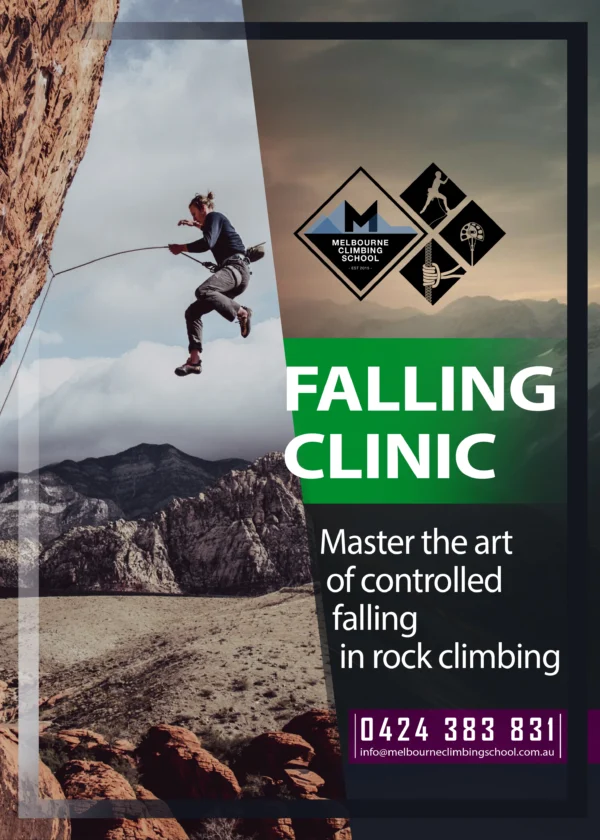Description
What is Ski Mountaineering?
Ski mountaineering is a combination of skiing and mountaineering, which involves skinning up mountains, crossing glaciers, climbing big walls, and tackling technical climbs. It requires a high level of physical fitness, technical skills, and knowledge of the mountain environment.
In addition to skiing skills, ski mountaineers need to be proficient in ropework, navigation, avalanche safety, and glacier travel. It is a challenging and rewarding activity that requires a significant investment of time, effort, and resources to master.
Techniques Covered:
- Short roping technique: a technique used in mountaineering and ski
- mountaineering where a rope is used to connect two climbers, with one
- climber leading and the other following. The rope is kept relatively short,
- allowing for quick communication and efficient movement over terrain that
- requires technical skills, such as steep or exposed slopes.
- Anchor building: building different anchors: Snow anchor, Ice anchor, Rock
- anchor. An introduction to more reliable and technical anchors for backcountry
- skiing and different ways of abseiling.
- Crevasse rescue : Practising crevasse rescue scenarios is a crucial part of
- backcountry skiing preparation, as it can help you and your group be better
- equipped to handle an emergency situation. Crevasse rescue also gives a
- great skill regarding to rescue operation
- Self rescue: Self-rescue in backcountry skiing is a crucial skill to have in case
- of an emergency. The ability to self-rescue means that a skier can extricate
- themselves from a dangerous situation and make their way back to safety
- without the assistance of others.
- Mixed climbing: Mixed climbing on backcountry skis is a challenging and
- rewarding activity that combines elements of skiing and ice climbing. It
- involves ascending steep and technical terrain, often using ice tools and
- crampons, while wearing backcountry skis and carrying a backpack with all
- necessary gear.
Equipment needed:
- Skis or splitboard: Choose appropriate skis or a splitboard for backcountry terrain.
- Ski boots or snowboard boots: Ensure they provide proper support and fit comfortably.
- Ski poles: Lightweight and adjustable poles for balance and propulsion.
- Skins: Adhesive climbing skins to attach to the base of your skis for uphill traction.
- Avalanche safety gear: Transceiver, probe, and shovel for snow safety and rescue.
- Backpack: A backpack to carry your essentials, including water, snacks, and extra layers.
- Helmet: Protect your head with a suitable ski or snowboard helmet.
- Goggles or sunglasses: Eye protection from sun, wind, and snow glare.
- Layered clothing: Dress in moisture-wicking and insulating layers suitable for changing weather conditions.
- Gloves or mittens: Warm and waterproof gloves or mittens for hand protection.
- Hat or beanie: Keep your head warm with a suitable hat or beanie.
- Sunscreen and lip balm: Protect your skin from sun exposure and windburn.
- Food and water: Carry enough food and water to stay hydrated and energized throughout the day.
The guide will carry the following:
- First aid kit: A compact first aid kit with essential supplies.
- Repair kit: Includes tools and materials for minor equipment repairs on the go.
We will supply the following (though you are welcome to use your own if you have it):
- Ice Axe
- Crampons
- Ropes
- Harness
- All climbing-specific equipment (trad gear, belay devices, carabiners etc).
Location:
- Either Bright or near Mt Hotham. The final location depends on the snow conditions and will be communicated to participants closer to the course date.
Times:
- Aim to be learning from 9am to 4pm each day.
The course fee does not cover:
- Transport to/from Melbourne, including parking fees on location
- Food
- Accommodation
- Equipment rental
Note on accommodation:
- We have a contact in Bright where a few beds are available for $50 per night and ground accommodation (bring sleeping bag and mattress) is available for $20 per night.







Reviews
There are no reviews yet.